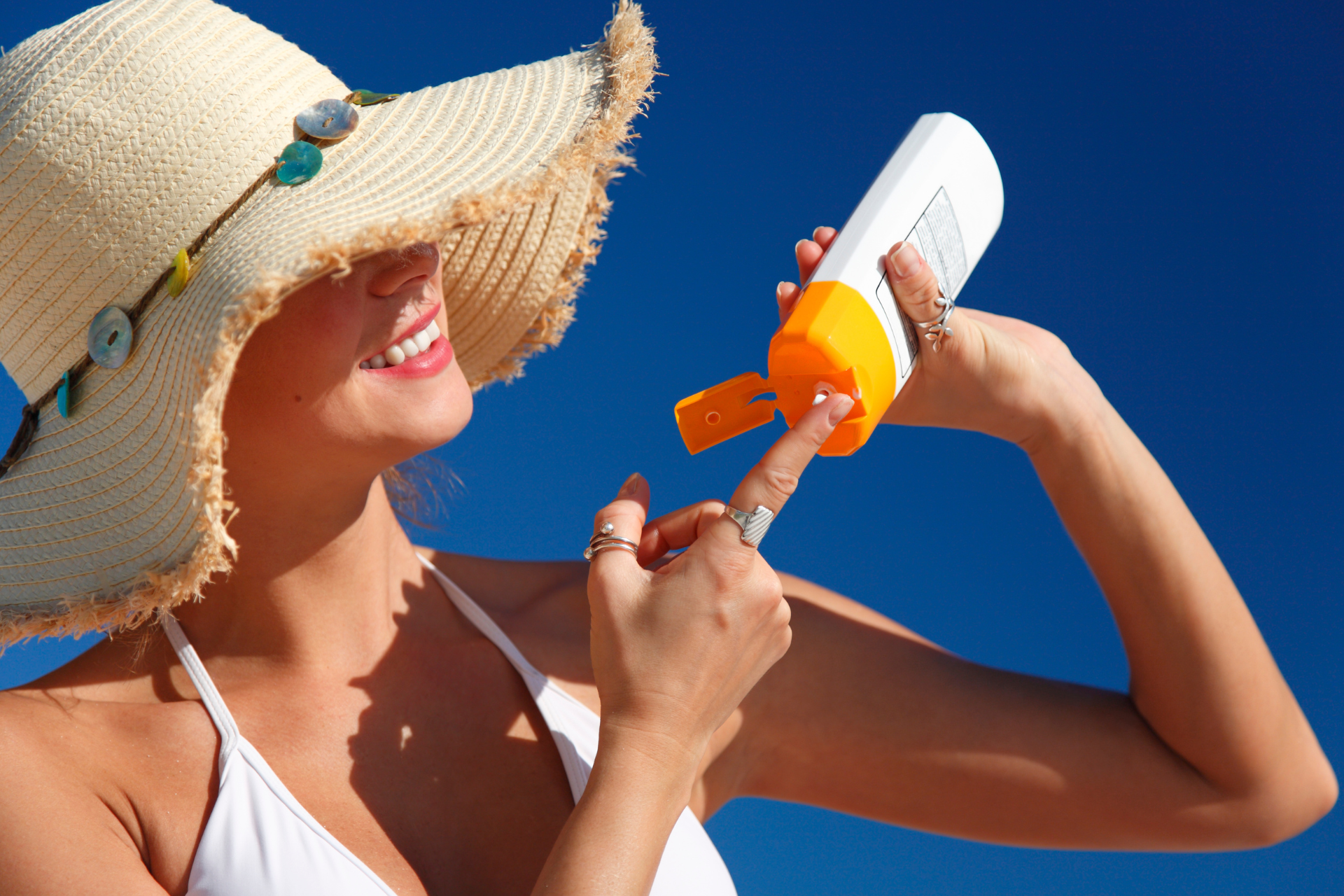Sunscreen vs. Sunblock: What's the Difference and Which Should You Use?

At Fall Creek Skin and Health Clinic, we believe that understanding skincare products is essential for maintaining healthy skin. Among the most critical products in your skincare arsenal, especially during sunny months, are sunscreen and sunblock. But what exactly is the difference between the two, and which one should you be using?
Understanding the Basics
To put it simply, both sunscreen and sunblock serve the same primary purpose: protecting your skin from the sun’s harmful ultraviolet (UV) rays. However, they utilize different formulations and ingredients to achieve this.
"Sunscreen" generally refers to products that absorb UV radiation using chemical filters. Ingredients such as avobenzone, octisalate, and octocrylene are commonly found in these formulations. Sunscreens can be lightweight and are quickly absorbed into the skin, making them a popular choice for daily wear and for those with oily skin types. They typically need to be applied about 15-30 minutes before sun exposure to be effective.
On the other hand, "sunblock" works by physically blocking or reflecting UV rays from the skin. This is achieved through mineral-based ingredients like zinc oxide and titanium dioxide. Sunblocks tend to be thicker in consistency and can feel more noticeable on the skin. They begin to work as soon as they are applied, making them ideal for immediate sun protection.
Choosing the Right Product for Your Skin
When it comes to deciding whether to use sunscreen or sunblock, consider your skin type, the activities you’ll be doing, and the duration of sun exposure.
1. Skin Type
For those with sensitive or reactive skin, sunblock may be the better option. The mineral ingredients are less likely to cause irritation and are often favored for use on children. Sunscreen, while generally suitable for most skin types, might cause breakouts for individuals with oily or acne-prone skin.
2. Activity Level
If you're planning to participate in water activities or sweat profusely, look for a water-resistant sunscreen that maintains its SPF protection for at least 40 or 80 minutes. Sunblock is also suitable for these activities but may need to be reapplied more frequently due to its thicker consistency.
3. Duration of Exposure
For relatively short periods in the sun, a sunscreen might suffice, especially if it’s a daily wear product with a minimum SPF of 30. However, for extended sun exposure, particularly when you’re at the beach or hiking, a sunblock could offer more robust protection.
Final Thoughts
Regardless of your choice between sunscreen and sunblock, the most crucial aspect of skin protection is consistent application. Reapply every two hours, and immediately after swimming or excessive sweating. Remember, protecting your skin from UV damage can help reduce the risk of premature aging and skin cancer.
At Fall Creek Skin and Health Clinic, we emphasize the importance of sun protection all year round. Consult with us if you have further questions about your skincare regimen, and let us help you achieve the healthiest skin possible. Don’t forget to wear that SPF, and enjoy the sun safely!




